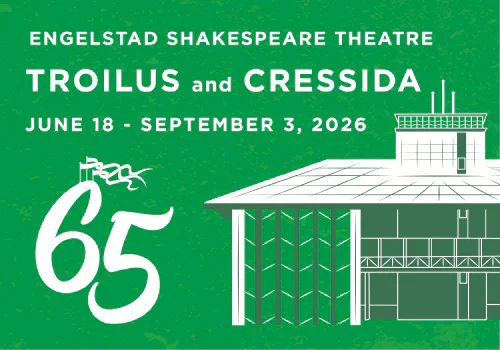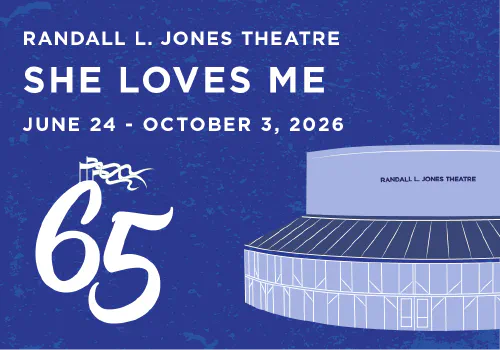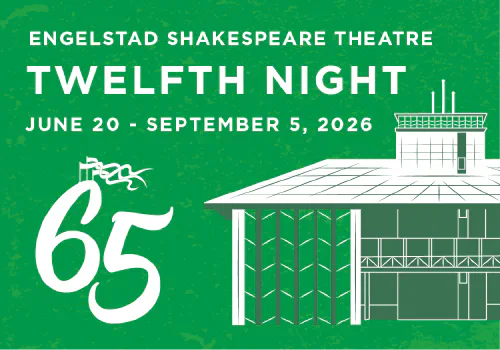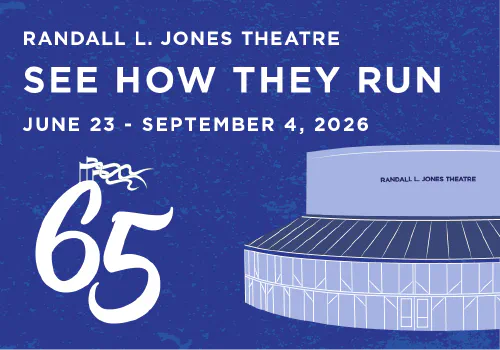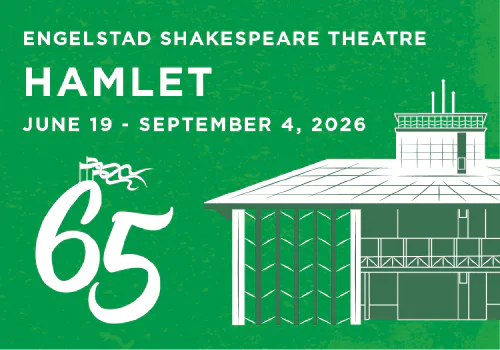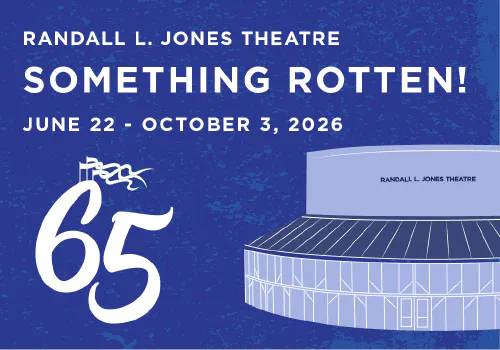OBJECTIVE
Students will create props or scenic decoration using patterns, decorations, and textures according to their artistic ability and vision.
UTAH CORE STANDARDS
Theatre
Standard L3.T.CR.2: Create and implement a major design element for a main stage production.
Standard L3.T.CR.3: Develop and synthesize original ideas in a drama/theatre work utilizing critical analysis, historical and cultural context, research, and Western or non-Western theatre traditions.
Standard L3.T.CR.6: Synthesize knowledge from a variety of dramatic forms, theatrical conventions, and technologies to create the visual composition of a drama/theatre work.
Standard L3.T.R.7: Analyze and evaluate why artistic choices are made in a drama/ theatre work.
Life Skills
Creativity, Critical Thinking
INTENDED AUDIENCE
8th-12th grades
TIME
60 minutes
MATERIALS
-
Royal Orb
- 4 inch Styrofoam ball (for each student)
- Art crafting supplies of any kind (ie: string, beads, dowels, pipe cleaner, buttons, etc.)
- Hot glue
- Aluminum Foil
- Metallic Spray Paint
Or
-
Decorative Panel
- 1 6”x6” pieces of wood for each student (Alternatively you may use square styrofoam plates, cardboard, or any other flat rectangle that can be hung on a wall)
- Art crafting supplies of any kind (lace, tape, string, beads, anything that will fit on the work space)
- Hot glue
- Textured spray paint (in a brown or grey color)
-
Alternatively: Students can use any found objects to create their panel. They can bring material from home, scavenge the scene shop, or pick up material around the school grounds (ie: rocks, leaves, bottle caps, straws, etc.). The more unique the items are the better the finished product will look.
OUTLINE
Anything can help add to the uniqueness of an object. If a prop, set piece, or costume is of particular importance, a designer will make it stand out from everything else around it.
-
**WARMUP GAME - MACHINES (10 minutes)**Machines is a fun and easy way to get the whole class involved. They must analyze what is happening and determine what contribution they could make to add to the “machine.” Sure the machine may technically work with just one piece (student) contributing, but it’s a lot more interesting if there is more to look at. The same is true with the texture additions to props, costumes, and set pieces.
One player enters and begins a repetitive sound and action. Once that is established, a second improviser comes up and takes a position relative to the first, beginning a different repetitive sound and action. Each improvisor enters and becomes part of the machine. After the machine is established, performers may freeze and identify the machine (i.e. “Oh, it’s a top spinner” or “That’s a salad mixer.”)
-
VIDEO (15 minutes)Ben Hohman (Resident Props Master at USF) teaches intermediate texture techniques
-
**ACTIVITY (35 minutes)**Students will create either their own royal orb prop or a decorative panel demonstrating the use of additive texture.
Royal Orb
- Each student (or pair of students) is given a styrofoam ball that will serve as the base of the orb.
- Students will use supplies (either found, brought, or provided) to add texture and visual interest to the styrofoam ball.
- Students will cover their orb with aluminum foil paying careful attention to cover the styrofoam elements of their prop (the spray paint will melt exposed styrofoam).
- Students will add more elements to the orb. These parts will be seen in more detail than those that are under the aluminum foil.
- When students have finished decorating, they will spray the entire orb with the metallic spray paint to make it appear as one unit.
- When the paint has dried enough to touch, students may choose to add more material to the painted orb. These will appear as jewels or as items affixed to the orb to serve as decoration.
Or
Decorative Panel
- Each student (or pair of students) is given a panel.
- Students will use supplies (either found, brought, or provided) to add uniqueness, texture, and visual interest to the panel.
- The panel should have a plan or justification for the materials or patterns incorporated.
- When students have finished decorating, they will spray the entire panel with the textured spray paint to make it appear as one unit.
- The end pieces should all be hung or displayed side by side creating a series of panels completely unique to that group or class.
- Have a few students try to interpret the panels as a whole into a theme, story, or message.
ASSESSMENT
Students will be able to show they have applied the texture techniques taught in class. They will have physical evidence they have learned the technique.



